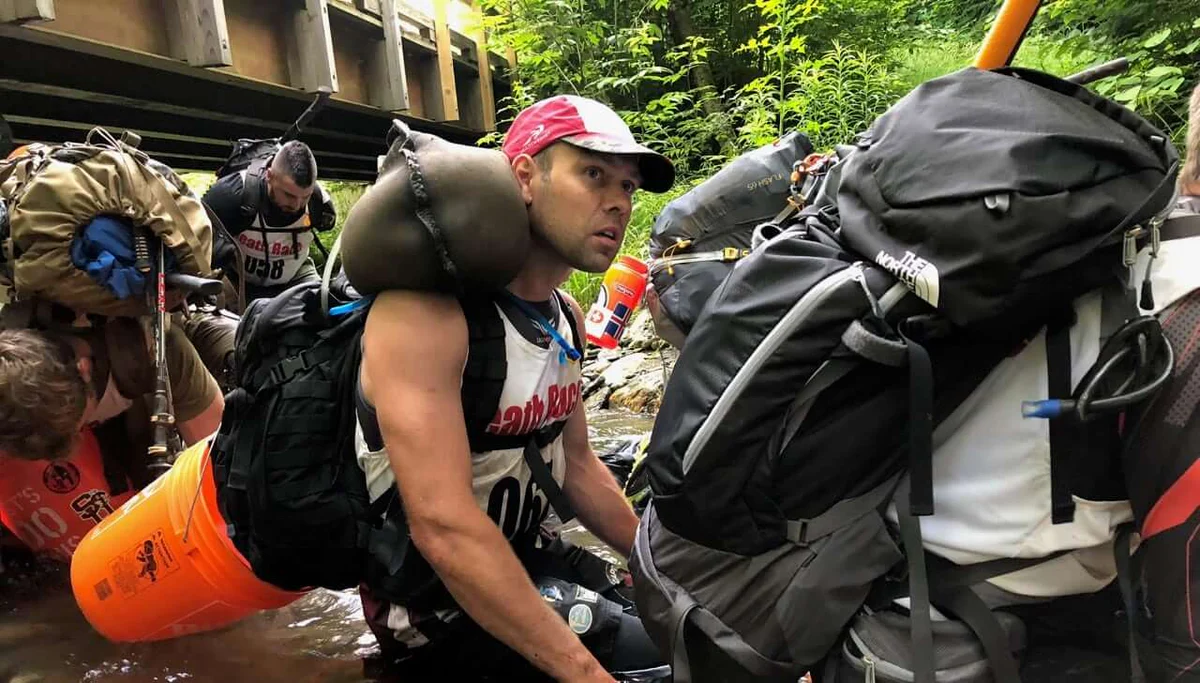Become an All-Terrain Vehicle

Regular Spartan Race competitors know one thing for sure - you should never doubt the difficulty of a race terrain. Three miles might seem a cinch, until you’re struggling in mud or wading through a freezing cold lake.
“You have to expect the unexpected,” says SGX coach Ronnie Morris from Bentonville, Arkansas. “And that could mean running on pavement - though probably not - or running on packed dirt, loose gravel, grass, up and down hills, through water, and mud, always mud.”
Morris, who coaches and trains with a community of Arkansan Spartan Race competitors called Tribe300, says the best way to condition for race terrain is to find similar elements and pound away.
“Running on mountain bike trails was one of the best ways I was able to prepare my Spartans for varied terrain running,” he says. “But I know not everyone has access to these kind of elements.”
With that in mind, here are four methods Morris suggests to crack terrain running.
1. Sand Running
Running in loose sand is one of the best ways to heavily incorporate the antagonistic stabilizer muscles needed for varied terrain. “A lot of race fatigue comes from body stabilization and/or recovery from loss of balance while running over various terrains. Loose sand running will take care of most of that,” he says.
Beaches, dunes and volleyball pits are great places to practice for this conditioning, notes Morris, but so are gravel-bar banks at the river. Even running back and forth in a (large) playground sandpit can work (make sure there are no kids playing there, first!)
2. Water Running
Sprinting through water is an awesome way to improve stability for terrain running, says Morris. He recommends choosing water that’s ankle deep, noting rivers and ocean surf are good choices. If the only water available is slightly deeper, then “high-knee through it,” he suggests.
3. Deadman Run
The Deadman Run doesn’t exactly sound fun, and truth-be-told, it’s not. But it’s pretty simple and very effective. “Run as hard as you can for as many minutes as you can, and that’s it,” explains Morris. “Only when you feel like you are about to throw up or shut down…stop. Don’t slow to a jog, just stop altogether, this is important. The goal of the Deadman Run is to build up to the point where you can run as hard as you possibly can for 5 minutes before you have to stop. It’s an awesome exercise for building all-out endurance.”
Morris recommends doing this on grass or dirt as often as possible for optimal effect.
4. Kick up your heels
For exercises in the gym, the Spartan coach recommends doing as much as possible on the balls of your feet.
“When running on broken terrain, our calves take most of the beating for stabilization,” he says.
Perform shallow squats, lunges, and different deadlifts with heels slightly off the ground. If necessary, says Morris, choose a lighter weight until you get used to the altered positioning.
Weekly Schedule for Ultimate Terrain Stability
Day 1
- Deadman Run…to failure.
- Loose-sand run…30 minutes to 1 hour.
Day 2
- Deadman Run…to failure.
- Shallow Squats, heels up…4 x 25
- RDL’s, heels up…4 x 15
Day 3
- Deadman Run…to failure.
- Water (or Loose-Sand) Run…30 minutes to 1 hour.
Day 4
- Deadman Run…to failure.
- 1-Leg RDL’s…4 x 15/leg
- Walking Lunges…to failure.

